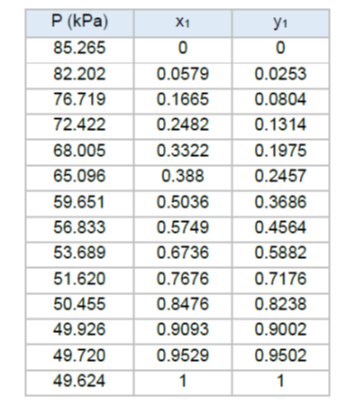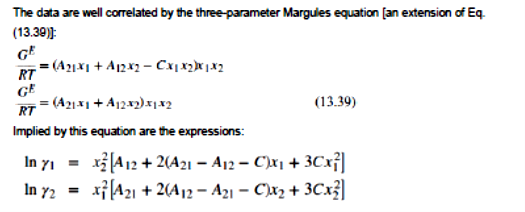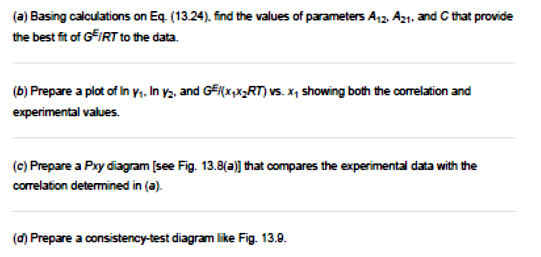Answered step by step
Verified Expert Solution
Question
1 Approved Answer
SYSTEM OPERATE AT TEMPERATURE 308.15 K X1 P (kPa) 85.265 82.202 76.719 72.422 68.005 65.096 59.651 56.833 53.689 51.620 50.455 49.926 49.720 49.624 0 0.0579
 SYSTEM OPERATE AT TEMPERATURE 308.15 K
SYSTEM OPERATE AT TEMPERATURE 308.15 K

Step by Step Solution
There are 3 Steps involved in it
Step: 1

Get Instant Access to Expert-Tailored Solutions
See step-by-step solutions with expert insights and AI powered tools for academic success
Step: 2

Step: 3

Ace Your Homework with AI
Get the answers you need in no time with our AI-driven, step-by-step assistance
Get Started


